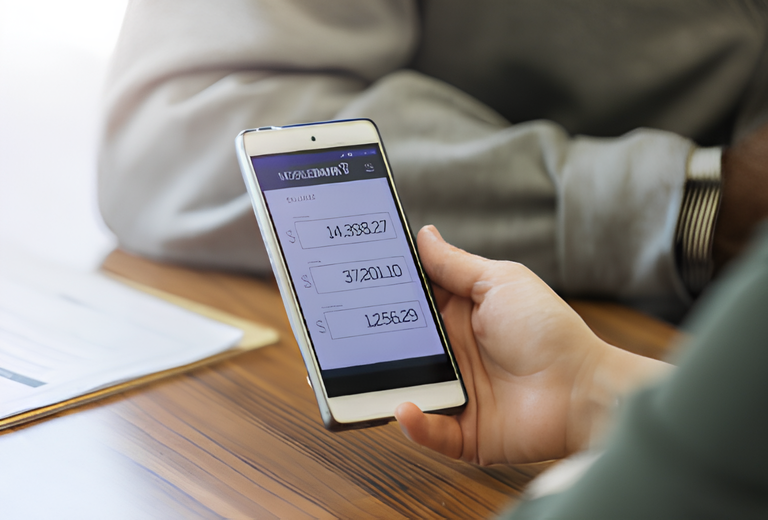What is a Mobile Payment System?


A mobile payment system is a digital payment method that allows consumers to make financial transactions using their smartphones or other mobile devices. This technology enables users to pay for goods, services, and even transfer money without the need for physical cash or credit cards. Mobile payments have rapidly gained popularity due to their convenience, security, and the increasing reliance on smartphones for everyday activities.
How Mobile Payment Systems Work
Mobile payment systems function by utilizing technologies such as Near Field Communication (NFC), QR codes, or mobile wallets. The process typically involves linking a user’s bank account, credit, or debit card information to a mobile wallet app, such as Apple Pay, Google Pay, or Samsung Pay. When making a payment, the user either taps their phone on a contactless payment terminal using NFC or scans a QR code provided by the merchant. The transaction is then authenticated, and the payment is processed through the linked account.
In some cases, mobile payment systems also offer peer-to-peer (P2P) payment capabilities, enabling users to send money to others directly via their phones. Examples of such platforms include Venmo, PayPal, and Cash App. These services often allow users to link their bank accounts, debit, or credit cards, making it easy to transfer funds and settle payments quickly.
Advantages of Mobile Payment Systems
One of the most significant benefits of mobile payment systems is their convenience. With mobile payments, users no longer need to carry physical cash or cards. They can make purchases anytime and anywhere, as long as they have their mobile device with them. This can be particularly advantageous in situations where it may not be practical to carry physical cards, such as while traveling or shopping in crowded places.
Mobile payment systems are also considered to be more secure than traditional methods. Many mobile payment apps use advanced encryption and tokenization to protect users’ financial information. Additionally, features such as biometric authentication (fingerprints or facial recognition) add an extra layer of security to ensure that only authorized users can make payments.
Another advantage is the speed of transactions. Mobile payments are typically faster than traditional card payments, reducing the time spent at checkout and making the transaction process more efficient for both consumers and merchants.
Global Adoption and Future Trends
The adoption of mobile payment systems is growing globally, with many countries embracing digital wallets and mobile payment solutions. In regions such as Asia, particularly China and India, mobile payments have become a major part of daily life. In the United States and Europe, mobile payments are also becoming increasingly common, though their adoption rates vary depending on the region and the availability of compatible technologies.
Looking ahead, the future of mobile payments is promising. As mobile technology continues to evolve, the integration of new innovations, such as blockchain and artificial intelligence, will likely enhance the security, efficiency, and convenience of mobile payment systems. These developments, combined with the growing trend of cashless transactions, suggest that mobile payments will continue to reshape the way consumers make purchases and manage their finances.
Recent Posts
Ether Surpasses 2021 Record Following Powell’s Rate Cut Hints
Ether's price surged past its 2021 record after Jerome Powell's speech hinted at potential rate…
Understanding the Federal Reserve’s Impact on Retirees’ Financial Security
Explore how the Federal Reserve's policies affect retirees and the broader economy, ensuring financial stability…
Federal Reserve Chair Candidate Interviews to Begin After Labor Day
Treasury Secretary Scott Bessent confirms interviews for Federal Reserve chair candidates will start post-Labor Day,…
Walmart and Competitors Reveal Earnings Amid Rising Tariff Impact
Walmart and rivals report earnings, highlighting tariff effects on consumer prices. Insights on market trends…
Financial Challenges Facing Seniors: Navigating a Tight Budget
Explore the financial struggles seniors face on limited incomes and discover strategies for effective budgeting…
U.S. Stock Futures Rise Ahead of Fed Meeting After Trump-Putin Summit
U.S. stock futures see slight gains following the Trump-Putin summit as investors prepare for the…